The General Motors EV1 was a mass-produced electric car from General Motors. It was planned in response to a California emissions reduction law passed in 1990 and was offered from 1996 to 1999. The vehicles were only rented out and, under controversial circumstances, recovered and largely scrapped until 2002.
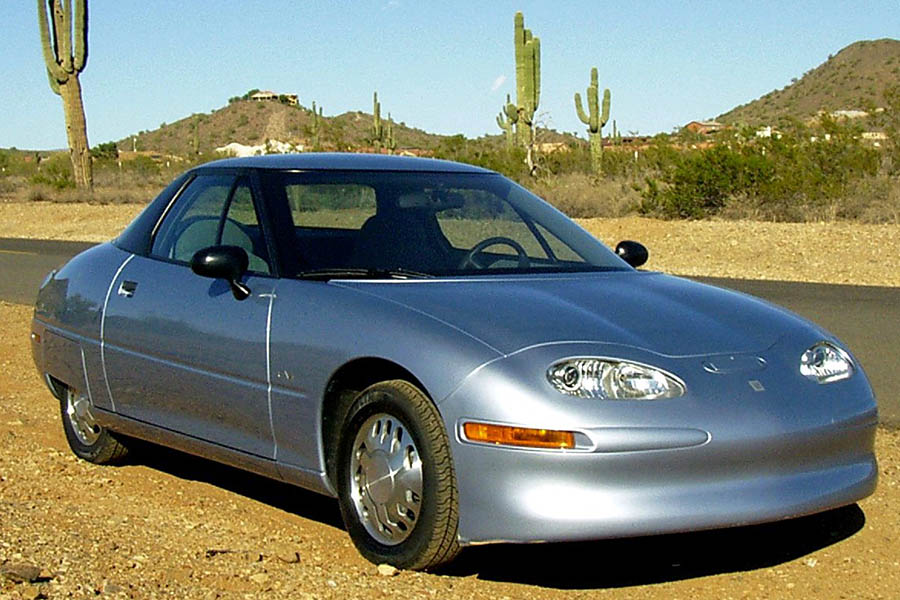
Origin
The California Air Resources Board legislation of 1990 (Clean Air Act and Zero Emission Mandates) stipulated that by 1998 at least two percent of the newly registered cars should be emission-free and ten percent by 2003. That is why GM, like all other larger automobile manufacturers, was forced to push ahead with the development and testing of electric cars.
GM was able to build on a test vehicle that was developed independently by factory engineers and which was presented as a prototype in 1990 with an exceptionally high media response. The introduction of the prototype at a time when the California Air Resources Board (CARB) was developing the new Low Emission Vehicle program was probably the trigger why the call for “zero emission vehicles” (ZEVs) was taken up. GM developed from the prototype of the two-seater, battery electrically driven car “EV1” (Electric Vehicle 1). The EV1 was the first and only vehicle in this phase to be newly developed exclusively for the electric drive and finally to be mass-produced.
During the development from the concept vehicle to the real vehicle, concessions had to be made and some changes had to be made. The slotted headlights and rear lights were replaced with conventional ones.
Specifications
One electric motor each drives the front wheels. The car has one of the lowest flow resistance coefficients of a production vehicle (0.195). The battery packs are arranged centrally in a T-shape. The EV1 reached a top speed of 129 km/h (limited), with an acceleration of 0-100 km/h in less than 9 seconds. The range with fully charged batteries was a maximum of 140 miles (225 kilometers).
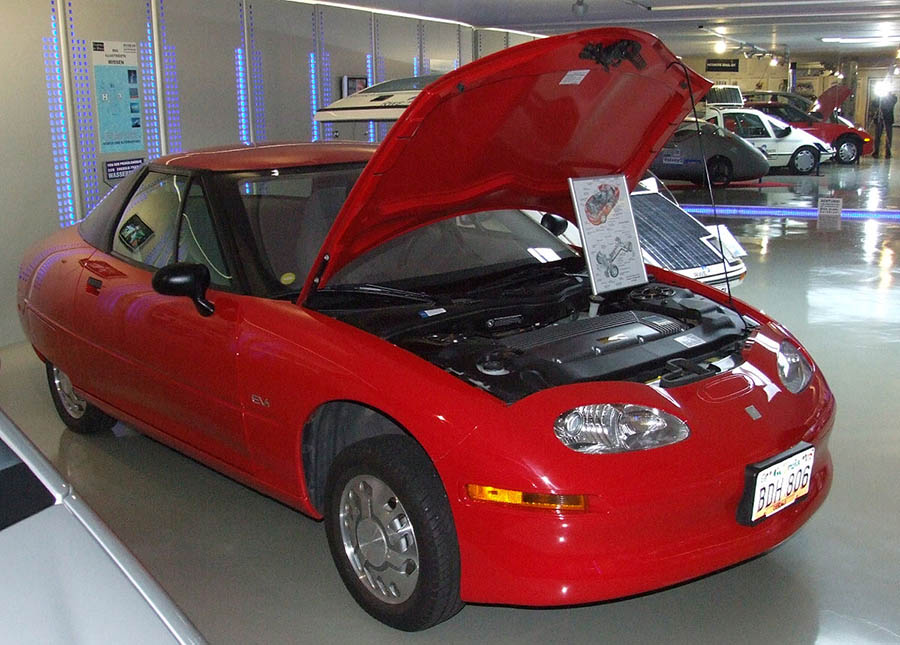
As standard, the EV1 has air conditioning, heated front and rear windows, window regulators, CD radio, two airbags, and a tire pressure monitoring system, as well as a special acoustic pedestrian warning. Self-illuminating digital displays provide information about range, charge status, speed and temperature. Access and starting can optionally be done without a key using a programmable ID code (combination lock).
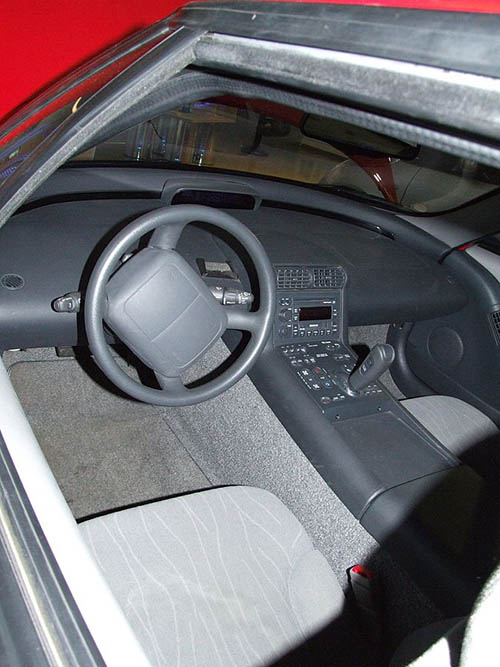
With a vehicle of the first generation, an owner completed a long-distance test of approx. 6000 kilometers (Charge across America).
Battery technology and charging
Lead accumulators were used in the first generation EV1. 26 12-volt blocks with a block capacity of 53 Ah resulted in a total capacity of 16.5 kWh. The voltage of the interconnected blocks was 312 volts. The range was about 70 miles (113 kilometers). In practice, could be realized with the first generation battery depending on driving style and use of electrical loads between 60 and 90 miles. The first generation already had a coast-down button with which the engine could be used as a useful brake for partially recharging the traction battery.
The advanced nickel-metal hydride battery technology was invented by Masahiko Oshitani (Yuasa Corporation) and Stanford R. Ovshinsky. The inventor and patent holder Ovshinsky founded the Ovonics Battery Company. Version 2 of the EV1 with the newly developed Ni-MH batteries had a range of 140 miles (225 kilometers). It was introduced in 1998, and came on the market in 1999.
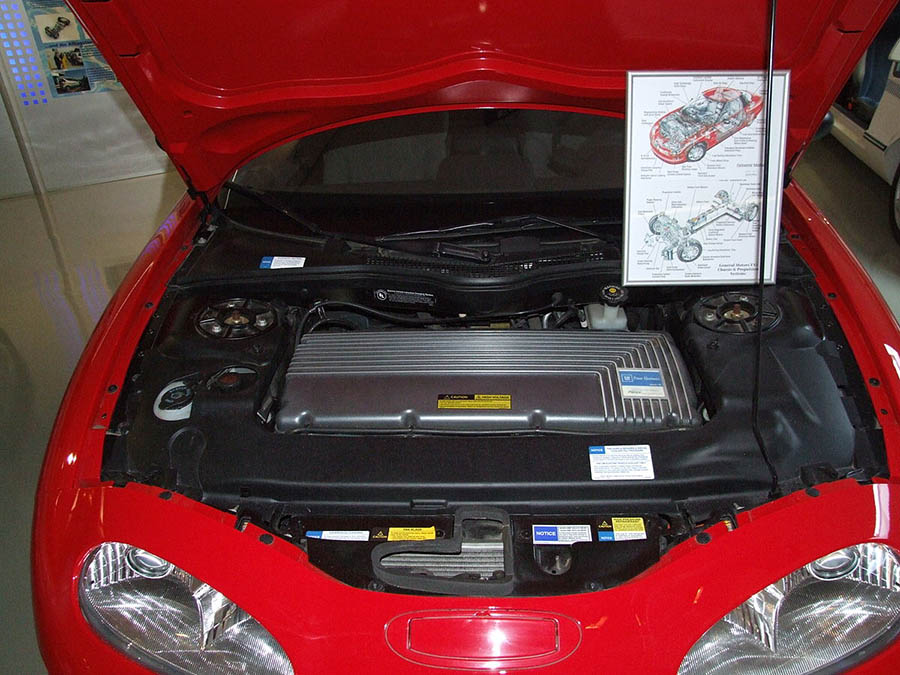
The traction battery is charged contactlessly by induction after inserting a “paddle” into a slot on the front of the vehicle. The EV1 could be charged in three hours with a stationary 6.6 kW charger, and in about 15 hours with the vehicle’s 1.2 kW on-board charger.
Dissemination
The EV1 was marketed by the GM brand Saturn LLC. A total of 1,117 EV1 were built, of which approximately 800 were passed on to selected customers. Among them were celebrities like Tom Hanks or Mel Gibson. GM currently has three EV1s ready for use.
Callback
GM only concluded rental contracts with EV1 customers. These enabled the company to recall and scrap the vehicles after three years. The scrapping of all EV1s built was allegedly necessary because GM could not guarantee the long-term safety of the vehicles due to the lack of spare parts production. The reason for discontinuing production was that demand was too low and no profitability to be expected. The demand argument is often questioned because, according to employees, orders have not been processed and the hurdles for an order were unusually high, despite the high production costs of the EV1 (for the battery alone over 20,000 dollars). The status as a value added argument is always mentioned. A parallel to this is the obvious willingness of consumers to pay a high price even for off-road SUVs or well-known brands such as Porsche, which – in practical terms – has little added value.
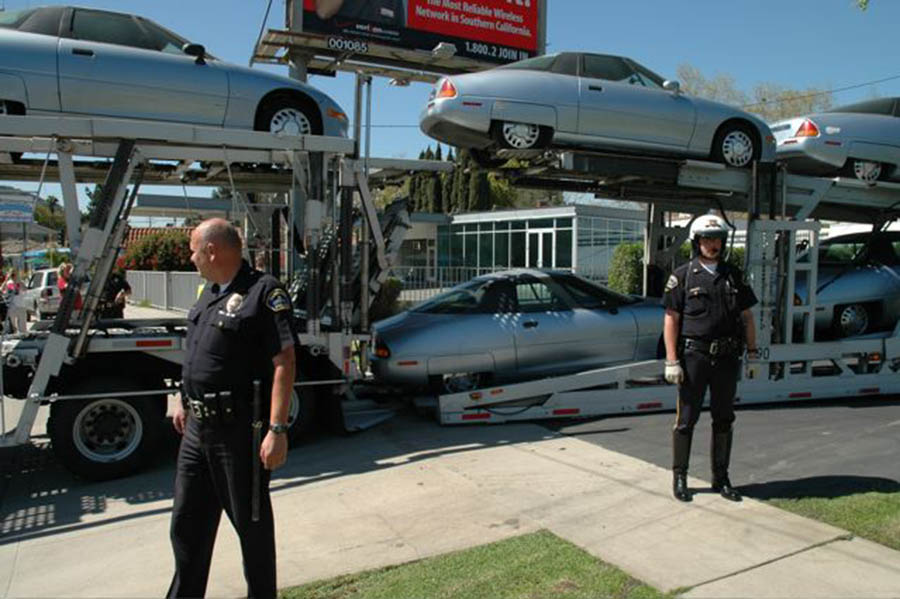
In 2006, the documentary Who killed the electric car? by Chris Paine, who presents GM’s reason for discontinuing production as unreliable. The advertising measures for the EV1 are also criticized because they were not used for the purpose of marketing. After the release of the film, which primarily criticized GM’s practices and sparked great media interest both nationally and internationally, EV1 exhibits were even removed from a GM-supported museum.
Market influences
In 1994, General Motors acquired a majority stake in Ovonics, which controlled battery development including patents and the manufacture of large NiMH batteries. The acquisition was justified with the aim of developing NiMH batteries for GM EV1, which secured the approval of the inventor and company founder Stanford R. Ovshinsky. However, “The Big Three”, the three major American automakers General Motors, Ford and Chrysler, founded the US Auto Battery Consortium (USABC) in the early 1990s. In an interview in the documentary released in 2006, “Why the electric car had to die”, Ovshinsky explained that this organization was created to prevent the development of electric vehicle technology and to influence the public against the CARB legislation. According to Ovshinsky’s opinion, the USABC erroneously expressed the opinion that NiMH technology was not yet ready for widespread use in motor vehicles. The “Big Three”, against the CARB laws, argued along with other car manufacturers and politicians that electric vehicles were not viable technologically and economically. For this purpose, advertising campaigns were started from the end of 1993, 1994. After the CARB laws were relaxed due to pressure from the auto industry, GM’s EV1 program was terminated, although a new generation of batteries had been developed. In field trials, the Ovonics battery had increased the range of the EV1 to over 150 miles (241 kilometers).
In 2001, the Texaco oil company bought its shares in Ovonics from General Motors. Texaco itself was taken over by rival Chevron a few months later. In the same year, Ovonics reported a violation of its patents and sued Toyota’s battery supplier Panasonic. Ultimately, they agreed on licensing and restrictions on the use of large-format NiMH batteries. Texaco retained a veto over the sale or licensing of the NiMH technology. The general dissemination and development then focused on small-format traction battery. The upper limit for cell capacity permitted by patent is 10 Ah. Also for this reason the first-generation of Toyota Prius had 228 pieces of series-connected 6.5 Ah NiMH batteries.
In 2009, Cobasys, the subsidiary of Chevron and Energy Conversion Devices (ECD), was sold to the battery manufacturer SB LiMotive. SBL was a joint venture of Bosch and Samsung for traction batteries. Associated with this was the distribution of licensing rights for non-automotive applications to OBC, while Cobasys received those for automotive applications. With the release of SB LiMotive in September 2012, Cobasys went into the ownership of Robert Bosch GmbH. On February 13, 2012, ECD sold its majority stake in the “Ovonic Battery Company, Inc.” to BASF and brought the proceeds to Chapter 11, which was registered the following day. BASF grants licenses for the acquired NiMH technology.
Successors
After years of inactivity in the field of electric cars, General Motors decided to start series production of an electric vehicle again in the first decade of the 21st century under the pressure of rising crude oil prices and its own economic difficulties. The Chevrolet Volt went on sale in North America in late 2010. Since the Volt’s drive is neither a purely electric drive nor a classic hybrid drive, but a plug-in hybrid, GM avoids the term hybrid vehicle and therefore calls the car “electric vehicle with range extender”. From 2012 to 2016, the almost identical Opel Ampera was offered in Germany.
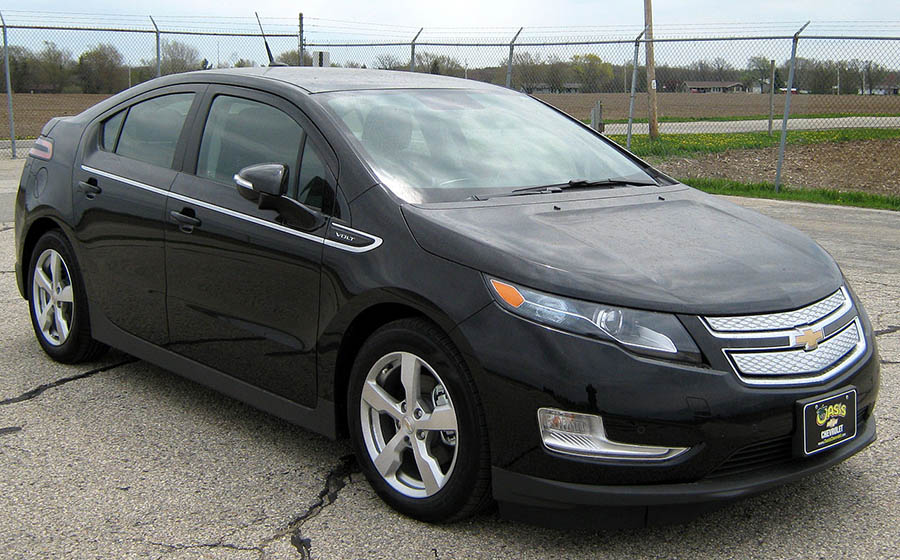
In early 2016, General Motors unveiled the all-electric Chevrolet Bolt at the Detroit Auto Show. The vehicle is said to have a range of 200 miles (320 kilometers) and was launched in late 2016. The Bolt is the successor to the EV1 because it is the first pure electric car from GM since the EV1.
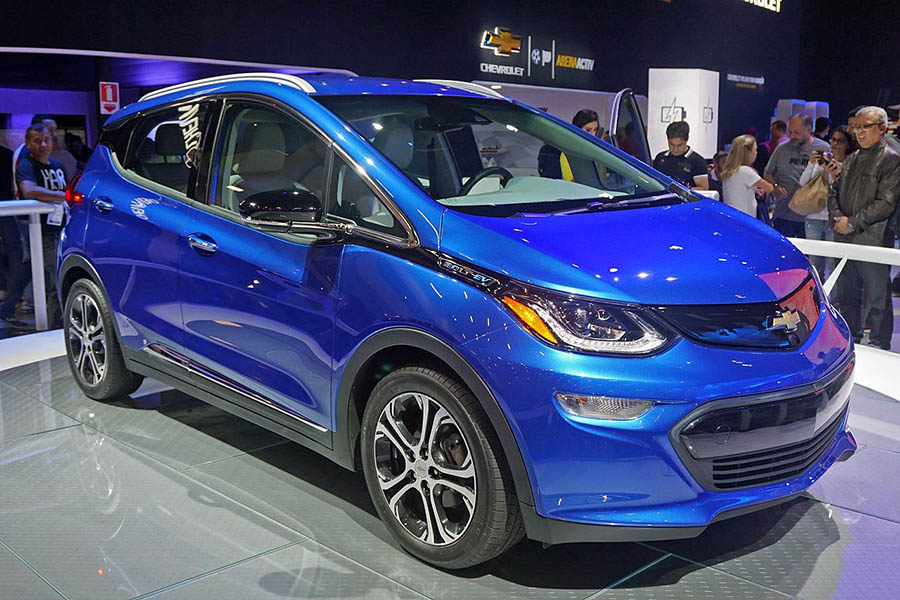
The co-founder of automaker Tesla, Elon Musk, said in an interview years later that “the attempt by corporations to kill the electric car (e.g. the EV1)”, led him to decide to build electric cars himself.









